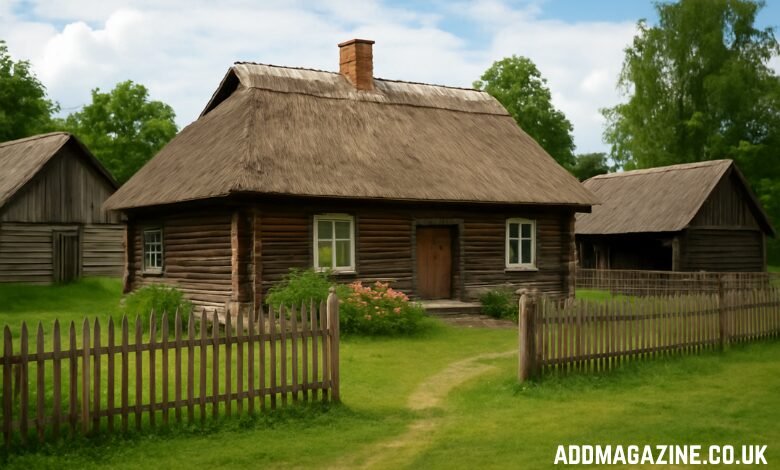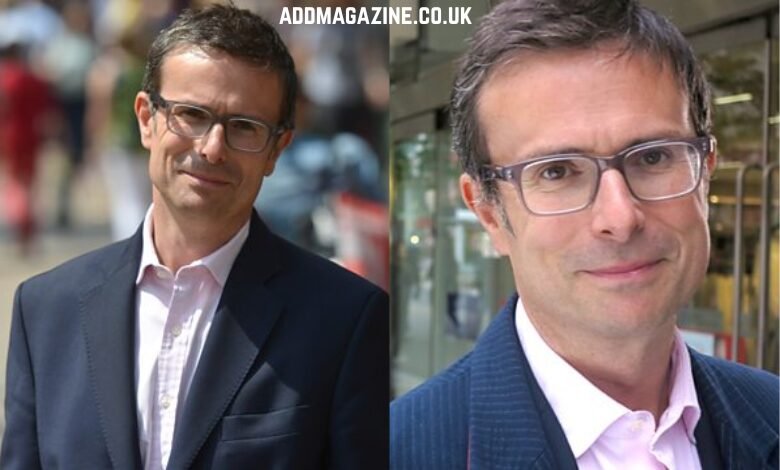Sodziu is a term that holds significant meaning in Lithuanian culture, encapsulating not only the concept of a rural homestead but also an entire way of life that has shaped the country’s social fabric for centuries. The word itself translates roughly to “village” or “rural settlement” in English, but its implications are much broader than that. In Lithuanian culture, sodziu is much more than a geographical location; it represents a deep connection to nature, family, and community. This article aims to explore the essence of sodziu, its historical context, cultural significance, and its relevance in the modern world.
What is Sodziu?
In its most basic form, sodziu refers to a rural homestead or small village in Lithuania. These communities were historically the backbone of Lithuanian society, where families would live off the land, cultivate crops, raise livestock, and carry out various trades. The word “sodziu” encompasses more than just the physical place; it signifies a lifestyle that is rooted in agricultural traditions, self-sufficiency, and community-based living.
Sodziu communities are often characterized by their isolation from larger urban areas, allowing for a more personal, close-knit way of living. Many sodziu were self-sustaining, with families growing their own food, producing their own goods, and relying on one another for mutual support. This sense of solidarity within the community is one of the defining features of sodziu life.
Historical Background of Sodziu
The origins of sodziu can be traced back to the early days of Lithuanian society, long before the country became the modern state it is today. During the medieval period, when Lithuania was a powerful Grand Duchy, sodziu were integral to the agricultural economy. The rural populations of Lithuania were primarily engaged in farming, with small villages and homesteads dotting the landscape. These villages were often composed of extended families who shared common resources and land.
The development of sodziu continued through the centuries, with the introduction of new agricultural techniques, tools, and practices. During the 19th and early 20th centuries, when Lithuania was under Russian and later Soviet rule, sodziu communities began to face significant challenges. The collectivization of agriculture and the push for industrialization disrupted traditional farming practices, and many rural families were forced to abandon their homesteads in search of work in the cities.
Despite these challenges, sodziu communities persisted, and their cultural significance remained. Even as Lithuania underwent major political and social changes, the values of community, self-reliance, and closeness to nature remained at the heart of sodziu life.
The Architecture of Sodziu
The physical layout of a sodziu is just as significant as its cultural and historical importance. Traditional sodziu are often composed of simple, yet functional, wooden structures that blend harmoniously with the surrounding landscape. These buildings are typically made of local timber and often feature thatched or wooden roofs. The design of these homes is focused on practicality, with a central living space for the family and a series of outbuildings for farming equipment, livestock, and storage.
The layout of a sodziu reflects the importance of communal living. While each family has its own dwelling, many sodziu feature shared spaces for cooking, gathering, and socializing. These spaces serve as venues for community events, from seasonal celebrations to family milestones. In some rural areas of Lithuania today, you can still find well-preserved examples of sodziu architecture, with intricate carvings and rustic details that reflect the artistic traditions of the past.
Cultural Significance
Sodziu communities have always been a vibrant source of cultural expression, with traditions and customs deeply rooted in the agricultural calendar. Life in a sodziu revolves around the seasons, with activities such as planting, harvesting, and animal husbandry dictating the rhythm of daily life. This strong connection to the land has shaped many aspects of Lithuanian culture, from its folk music to its culinary traditions.
One of the most important cultural aspects of sodziu is the concept of community. The people who live in these rural homesteads rely on one another for support, whether it’s helping to harvest crops, build a barn, or care for a sick neighbor. This sense of mutual aid is at the core of the sodziu way of life, and it has been passed down through generations.
Traditional festivals are another key element of sodziu culture. Events tied to the agricultural calendar, such as harvest festivals or midsummer celebrations, are important social gatherings in which the entire community participates. These festivals feature folk music, dancing, and the sharing of food, and they are a celebration of both the land and the people who tend to it.
Sodziu in the Modern World
While urbanization and industrialization have reshaped Lithuania in the past century, the concept of sodziu continues to hold relevance today. Many rural areas in Lithuania are still home to small communities that maintain the traditions of sodziu life, despite the pressures of modern society.
In recent years, there has been a renewed interest in preserving the traditions of sodziu, particularly as people seek to reconnect with nature and embrace more sustainable lifestyles. Many young people in Lithuania are looking to their rural roots and are turning to farming, handicrafts, and eco-tourism as a way to maintain a connection to the land.
Sodziu communities are also seen as attractive destinations for eco-tourism, with visitors coming from all over the world to experience rural Lithuanian life firsthand. These visitors may stay in traditional sodziu cottages, participate in local festivals, or take part in hands-on activities like berry picking or bread making. Eco-tourism not only helps preserve the cultural heritage of sodziu but also provides an economic lifeline to rural areas that may otherwise struggle to thrive.
Challenges Facing Sodziu Communities
Despite the cultural and environmental benefits of sodziu, these communities face several challenges. One of the most significant is depopulation. Many young people have migrated to urban centers in search of better employment opportunities, leaving behind an aging population in rural areas. This demographic shift threatens the sustainability of sodziu communities, as there are fewer people to maintain the traditions and practices that have sustained them for centuries.
Another challenge is the increasing pressure to modernize. While many sodziu communities continue to rely on traditional agricultural methods, there is a growing push to adopt more industrialized farming practices in order to compete in the global market. This can lead to the loss of biodiversity, the depletion of soil, and a reduction in the variety of crops that are traditionally grown in rural Lithuania.
To address these challenges, efforts are being made at the local, regional, and national levels to revitalize sodziu communities. Initiatives focused on sustainable agriculture, heritage preservation, and rural development are essential for ensuring that sodziu can thrive in the 21st century.
Conclusion
Sodziu represents much more than just a rural homestead; it is a symbol of Lithuania’s deep connection to its agricultural roots, its cultural traditions, and its sense of community. These rural homesteads have withstood the test of time, weathering political, social, and economic changes while maintaining the values that have sustained Lithuanian society for centuries.
Today, sodziu continues to inspire those who seek a simpler, more sustainable way of life. As Lithuania moves forward, the preservation of sodziu communities and their traditions will be crucial in ensuring that the country’s rich cultural heritage is passed on to future generations. Whether through eco-tourism, sustainable farming, or cultural festivals, the spirit of sodziu lives on as a testament to the enduring power of community, tradition, and the land.




